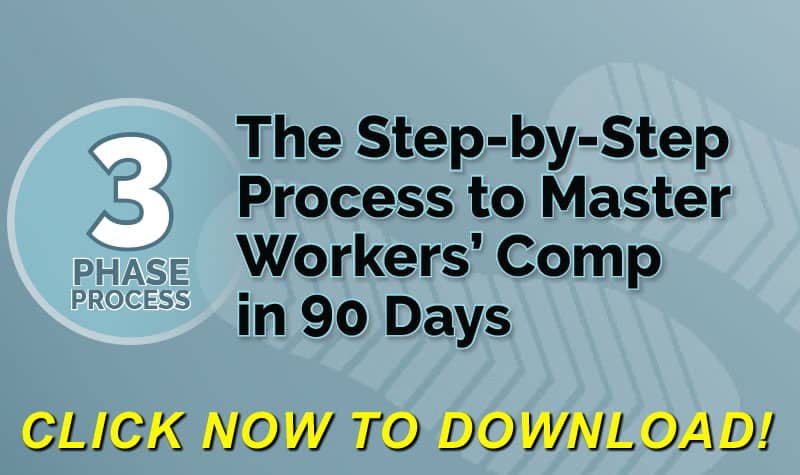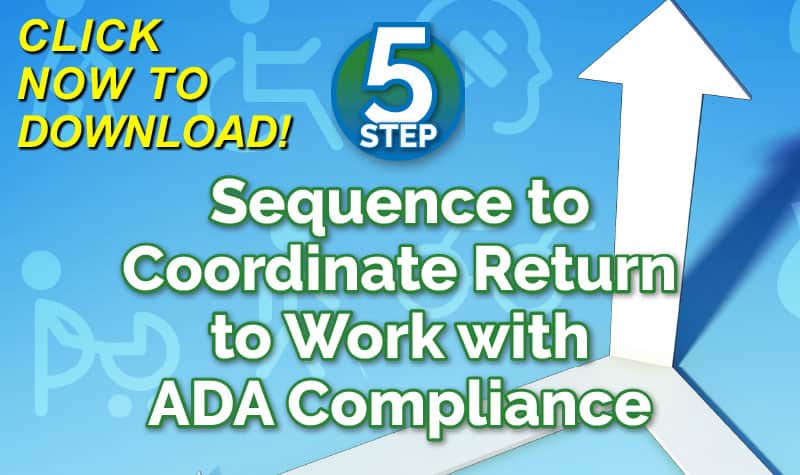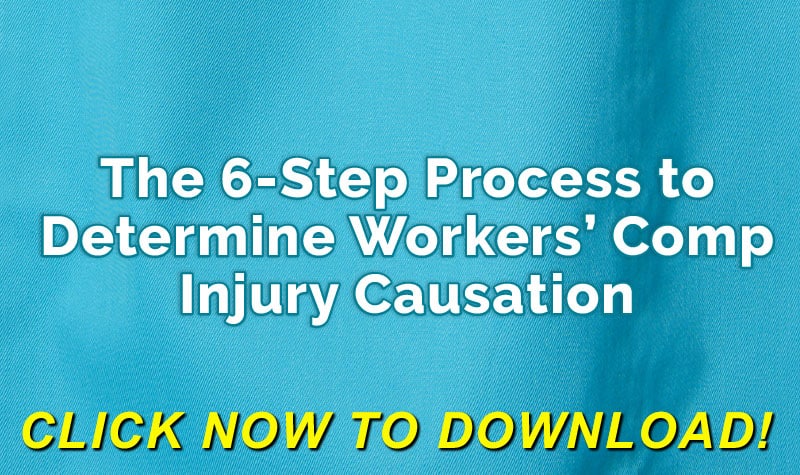Note: This information is general in nature. Please consult an attorney for laws in your jurisdiction.
According to the Occupational Safety and Health Administration (OSHA), there were 4,547 work related deaths in 2010, compared to 4,551 in 2009, per the most currently available data. With approximately 130 million workers in the United States, the fatal accident rate is 3.5 deaths per 100,000 workers, per year. (Transportation accidents are the most prevalent, accounting for approximately 40% of all work related deaths). Fortunately, employers do not have to deal with accidental deaths on a regular basis. When an employee does die from a job related accident or occupational illness, the employer should know what to expect.
A significant portion of work-related deaths involves sudden accidents where the employee dies “instantly” or very quickly with minimal medical expenses. However, when the employee is severely injured, and survives for days/weeks/months, the medical expenses can quickly become astronomical. The workers compensation insurer has to pay all related medical expenses in the doctors/hospitals efforts to keep the employee alive, as long as the effort to keep the employee alive is for the employee’s benefit. (In a recent Georgia case the employee was pronounced brain dead upon arrival at the hospital. The employee had designated himself as an organ donor. The hospital kept him “alive” for over two hours as the employee’s organs were harvested. The medical cost of keeping the employee “alive” while his organs were removed was denied by the workers compensation insurer, as the medical cost was not for the employee’s benefit).[WCx]
Once the employee dies, the employee’s estate is entitled to a funeral benefit or burial allowance. The amount of the burial benefit varies from a low as $2,000 in Mississippi, to a high of $16,012 in Oregon (20 times the state’s average weekly wage). Kentucky does not set a cap on burial expenses, but the cost of burial is paid for by the estate out of a lump sum payment of $69,919.52 made to the estate.
When an employee dies, the spouse and child(ren) receive the indemnity benefit known as the death benefit or income benefit. The death benefit is a percentage of the employee’s wages, not to exceed the stated maximum for the state. The maximum weekly amount of the death benefit varies per jurisdiction, with the District of Columbia having the highest weekly benefit of $1,355.00. The lowest weekly benefit is $20.00 in Arkansas, Connecticut, and Florida.
States vary in how long the spouse and/or child(ren) may receive the death benefit. In the states with a maximum number of weeks an employee can draw disability benefits, the maximum number of weeks the spouse and/or child(ren) can draw the death benefit is normally the same length of time. For example, if the employee could have drawn disability benefits for 400 weeks, the spouse can draw the death benefit for 400 weeks. In addition to the time limit, some states cap the maximum death benefits at a specific dollar amount. For example, Michigan caps death benefits at 500 weeks or $322,000, whichever comes first.
Some states allow the spouse to draw the death benefit until the maximum number of weeks is reached, or when the spouse reaches age 65, while others require the death benefit to be paid for the spouse’s entire lifetime. Almost all states stop the death benefit upon the spouse’s remarriage. Many of those same states will require the worker’s comp insurer to pay the spouse the equivalent of two years of death benefits in a lump sum.
If the deceased employee has a child or children, but no spouse, the death benefit is divided among the children. If the deceased employee has both a spouse and child(ren), the death benefit is normally paid to the spouse for both the spouse and the child(ren)’s benefit. Most states do not divide the death benefit, but some do. For example, in Florida, a spouse can draw a maximum of 50% of the employee’s average weekly wage, and a child can draw 33.33% of the employee’s average weekly wage, but together they will draw 66.67% of the employee’s average weekly wage.
Children of the deceased employee can normally draw death benefits until the child reaches the age of 18, and in most states to the age of 22 if enrolled full time in a higher educational institution. The states vary in whether or not the child can draw death benefits beyond the maximum number of weeks the employee could have drawn indemnity benefits.
The states vary in what death benefits are paid when the employee has neither spouse nor children (primary beneficiaries). Other dependents of the employee, for instance elderly dependent parents, can draw death benefits if there are no primary beneficiaries.
When the employee has no dependents of any type, the states vary in whether or not the worker’s comp insurer has to make any payments. Some states will require a lump sum payment be made to the state. For instance, in Georgia, if the employee dies without any dependents, the worker’s comp insurer makes a $10,000 payment to the State. [WCx]
For assistance with death claims, please contact us.
Author Rebecca Shafer, JD, President of Amaxx Risk Solutions, Inc. is a national expert in the field of workers compensation. She is a writer, speaker, and publisher. Her expertise is working with employers to reduce workers compensation costs, and her clients include airlines, healthcare, printing/publishing, pharmaceuticals, retail, hospitality, and manufacturing. She is the author of the #1 selling book on cost containment, Workers Compensation Management Program: Reduce Costs 20% to 50%. Contact: RShafer@ReduceYourWorkersComp.com.
Editor Michael B. Stack, CPA, Director of Operations, Amaxx Risk Solutions, Inc. is an expert in employer communication systems and part of the Amaxx team helping companies reduce their workers compensation costs by 20% to 50%. He is a writer, speaker, and website publisher. www.reduceyourworkerscomp.com. Contact: mstack@reduceyourworkerscomp.com.
WORKERS COMP MANAGEMENT MANUAL: www.WCManual.com
Do not use this information without independent verification. All state laws vary. You should consult with your insurance broker or agent about workers comp issues.
©2012 Amaxx Risk Solutions, Inc. All rights reserved under International Copyright















